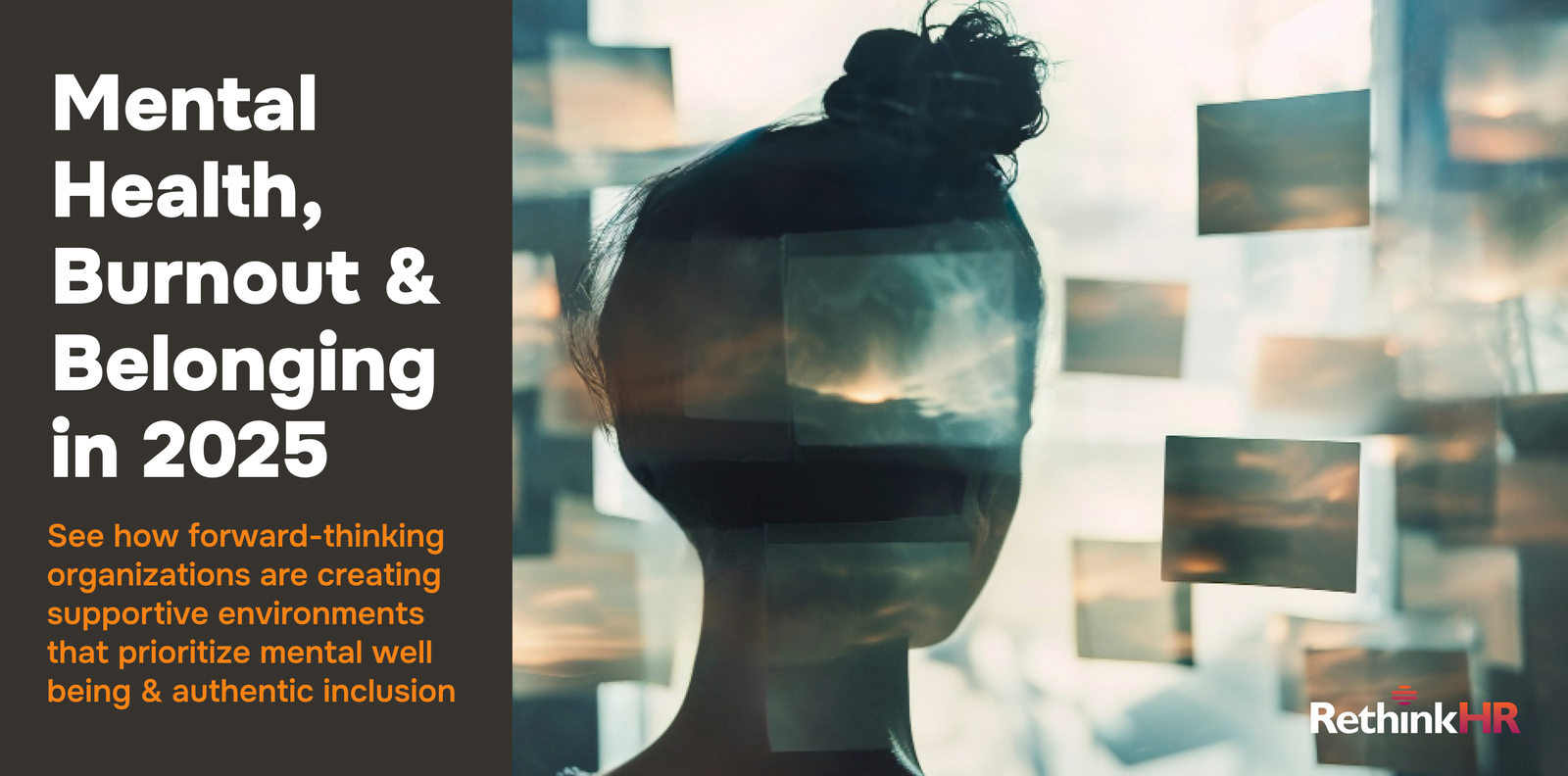The year is 2025, and despite advancements in workplace tech, AI-driven productivity tools, and flexible work models, one persistent challenge still weighs heavily on organizations: mental health and burnout. But there’s a new dimension to this challenge—belonging.
Mental health isn’t just about stress management anymore. It’s about how safe, supported, and seen employees feel—especially in a time of global unrest, cultural shifts, and economic pressure. In this evolving landscape, organizations must shift from reactive wellness programs to proactive, systemic approaches that prioritize mental health and belonging at work.
The Burnout Crisis Isn’t Over—It’s Just Evolving
Contrary to expectations, hybrid work hasn’t eliminated burnout—it’s changed its shape. Always-on culture, blurred work-life boundaries, and digital fatigue have given rise to “quiet burnout”—a state where employees may not outwardly disengage but are running on empty internally.
According to a 2024 Deloitte India report, 57% of Indian employees across sectors reported symptoms of burnout, with Gen Z reporting the highest levels. Women, caregivers, LGBTQIA+ professionals, and mid-level managers are especially vulnerable—often sandwiched between expectations and limited support.
The rising trend of “productivity theatre”—where employees feel pressured to appear constantly online and responsive—only compounds this, draining emotional reserves while reducing actual output.
Embedding Mental Health and Belonging at Work: A Strategic Imperative
Organizations are realizing that wellbeing isn’t an HR side-project—it’s core to culture, retention, and performance. But to be truly effective, mental health efforts must be coupled with a strong sense of belonging—where individuals feel safe to show up authentically, ask for help, and be valued for who they are.
This shift calls for a multi-layered strategy, integrating policy, leadership behavior, cultural rituals, and psychological safety.
1. Designing Wellbeing-First Work Cultures
Progressive organizations are embedding wellbeing into the work itself—not just through apps or EAPs, but by redefining how work is designed.
Take Swiggy, for example. The company introduced a “Wellness Week” every quarter—mandatory time-off with no meetings, email expectations, or project deadlines. Leaders lead by example by logging off, setting boundaries, and sharing their own wellness routines.
Zerodha implemented a simple yet powerful solution—employees can log off at 4 p.m. daily. It’s a reminder that productivity and presence are not the same.
These are not gimmicks—they’re cultural signals that mental health and belonging at work matter as much as performance.
2. Training Managers as Mental Health Allies
Middle managers are often overlooked in mental health strategy—yet they are closest to the emotional pulse of teams. Companies like Unilever India and HUL have invested in mental health literacy training for line managers, teaching them how to identify signs of distress, hold space without judgment, and guide employees toward support systems.
When managers show empathy, normalize vulnerability, and avoid toxic productivity mindsets, it creates ripple effects throughout the team.
3. Prioritizing Psychological Safety for Inclusion and Belonging
The link between belonging and mental health is now undeniable. Employees who feel excluded or marginalized are at far greater risk of burnout, disengagement, and attrition.
That’s why companies like Adobe India and SAP Labs are investing in intersectional wellbeing. Their initiatives include affinity groups, culturally inclusive therapy options, and policies that recognize diverse mental health needs—especially for neurodiverse employees or those navigating stigma around mental health in traditional households.
At Godrej Consumer Products, inclusive mental health benefits cover gender-affirming care and caregiving support, ensuring that belonging isn’t performative—it’s built into how people are treated and supported.
Measuring What Matters in 2025
Today, tracking burnout or engagement once a year isn’t enough. Leading HR teams are turning to real-time sentiment analysis, pulse surveys, and behavioral data (like calendar load, meeting fatigue, or PTO usage) to get a clearer picture of employee wellbeing.
Infosys, for instance, now includes wellbeing metrics in its manager performance scorecards, ensuring that people leaders are held accountable not just for output—but for the human experience of work.
This also includes measuring belonging scores—how connected employees feel to their teams, their leaders, and the organization’s mission. A sense of belonging is now as important as compensation in driving retention.
Building a Culture of Mental Wellness and Belonging in 2025
So, what does a mentally healthy, inclusive workplace actually look like in 2025?
- It gives employees agency to design their work lives.
- It empowers managers to lead with compassion and psychological insight.
- It addresses systemic stressors—like toxic workloads or unclear expectations.
- It creates intentional rituals for connection, recovery, and recognition.
- It sees mental health and belonging at work not as a crisis response, but as culture-building.
In the future of work, people don’t just want to feel productive—they want to feel protected, valued, and connected.
Let’s Rethink How We Care for People at Work
Don’t just respond to burnout. Reimagine your culture.

